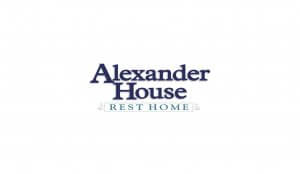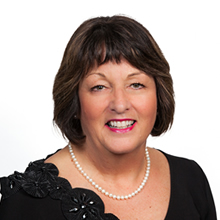The below question and answer were published in the New Zealand Aged Care Association industry ‘In-Touch’ newsletter (19th February 2016).
Question: A member asks “if we purchase a comprehensive quality management system from a provider how assured are we that the system will meet full compliance, come certification and surveillance audit time, as requirements and compliance expectations change frequently?
NZACA Clinical Advisor Answer: “You should be purchasing a complete quality management system that will comply with the Health and Disability Standards specifications, health and safety requirements and meet DHB/ARRC contractual requirements.
The provider of the system would normally initially tailor the full quality management package to reflect accurately the site specifications, H.R. component, and best practice guidelines, after consultation with the owner and management on site. These documents need to be site specific. The provider will normally contract to the site, which sets out obligations between the provider and the site management.
The contract will include the full review and updates of policies and procedures on a bi-annual basis, unless specified more frequently, to keep documents accurate and reflective of best practice. There may be an educational element provided within the contract as well, to benefit staff knowledge and skills. There is normally a good document control system in place and cross referencing of information where required.
Quality management systems are reliant on the skills and knowledge of the site personnel working with them, the way the system is managed and the outcomes/reviews, content and information extricated from the use of the system to improve quality care provision/outputs. The documentation system is reflective of the people using them, and the depth to which documentation and information is created, analysed and utilised for improvements.
Auditors on site rely on the provision of robust up-to-date policies and site adherence to them. Partial attainments can sometimes result from staff deviating from, or not following, their sites actual policies or processes as outlined in their quality management system.”
Where can you get such a system?
Here at Healthcare Compliance Solutions Ltd we provide the services described above and noted as being optimal for achieving excellence in care and audit outcomes. To see a brief video about the Aged Care software update and now in use by over 3,800 users in NZ, click here.
Request a no obligation consultation here.





